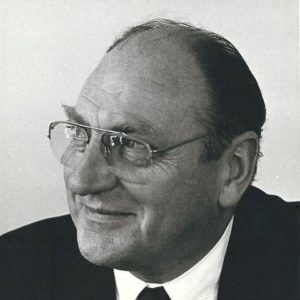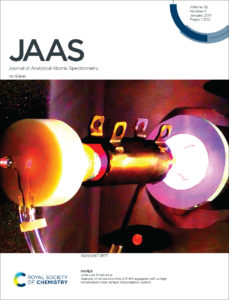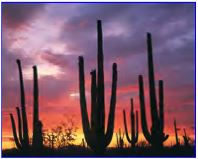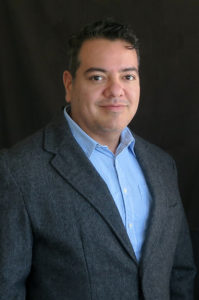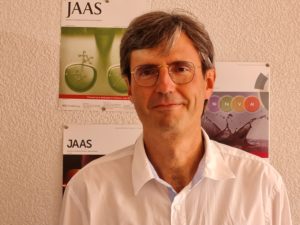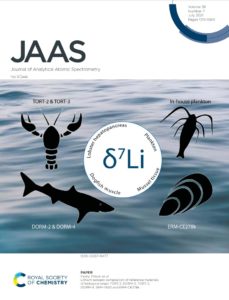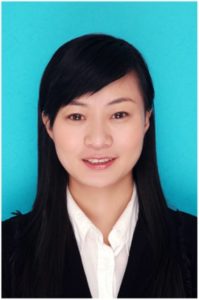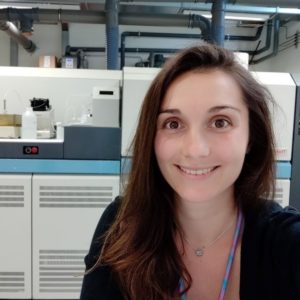The life and work of Professor Stanley Greenfield, CChem FRSC (25 March 1920 – 4 September 2019) was to have been commemorated at the 2020 Biennial National Atomic Spectrometry Symposium, but Covid got in the way. It was not until late June 2022 that the atomic spectrometry community were able to reflect on his contributions—at the 2022 BNASS.
In the early 1960’s, multi-element determinations were a significant challenge. The only options available were arc/spark and flame emission spectrometries, both of which had serious limitations for the analyses of the various non-metallic samples encountered in Albright and Wilson’s phosphorus development department: contamination by electrode materials, matrix interferences, and inadequate detection limits. Stan’s research group realized that the way forward was to stimulate atomic emission from a source (a) whose temperature was sufficiently high to prevent stable compound formation, and (b) that could accept fluid samples (either acid solutions or powders). They had the resources to assemble three candidates: two types of DC arc plasma-jet and an ICP. In 1964, in what is considered a landmark publication, they showed the very considerable advances in analytical capability provided by the ICP source. A crucial feature of their plasma, not appreciated or achieved by contemporaneous researchers, was that it was annular, allowing sample aerosol to flow through a central channel into a spectroscopically useful ‘tail-flame.’ Right up until his retirement from A&W in 1980, Stan was an enthusiastic advocate for the ICP: he lectured extensively both in the UK and around the globe and maintained a steady output of both research papers and authoritative reviews.
The remaining problem of spectral interferences in AES could, he argued, be overcome by switching to atomic fluorescence spectrometry (AFS) and for the next 10 years or so, he investigated (first at Loughborough and then at Plymouth Universities) the analytical possibilities of AF stimulated by radiation from a (high-power) ICP (or hollow cathode lamp) in atoms generated in another (low-power) ICP. He presented a progress report in an invited lecture at the 1994 BNASS meeting in Hull. His last publication was in 2003 (at age 83).
Stan’s contributions to the AD/RSC were extensive. He served for many years on the Council, including as President of the Division (1982-1984), he was active in the running of (a) the Midlands Region, (b) the Special Techniques Group, (c) many SAC conferences, and perhaps most extraordinary of all, as a member of the Analytical Methods Committee whereby he oversaw, as founding chair of the Instrument Criteria sub-Committee, the creation and publication of some 27 reports over a 21 year-period that only ended in 2015 (at age 95).
The material presented at the 2022 BNASS held in Manchester, England on June 28th and 29th, can be found in a folder at Stanley Greenfield Tribute at 2022 BNASS containing (1) the entry for the conference program booklet, (2) two posters presented by Julian Tyson and Maryanne Thomsen (with co-authors, Michael Foulkes, Steve Hill, James Miller, Helen Reid, and Alan Townshend), (3) an obituary by Jim Miller and (4) a complete list of his publications.


